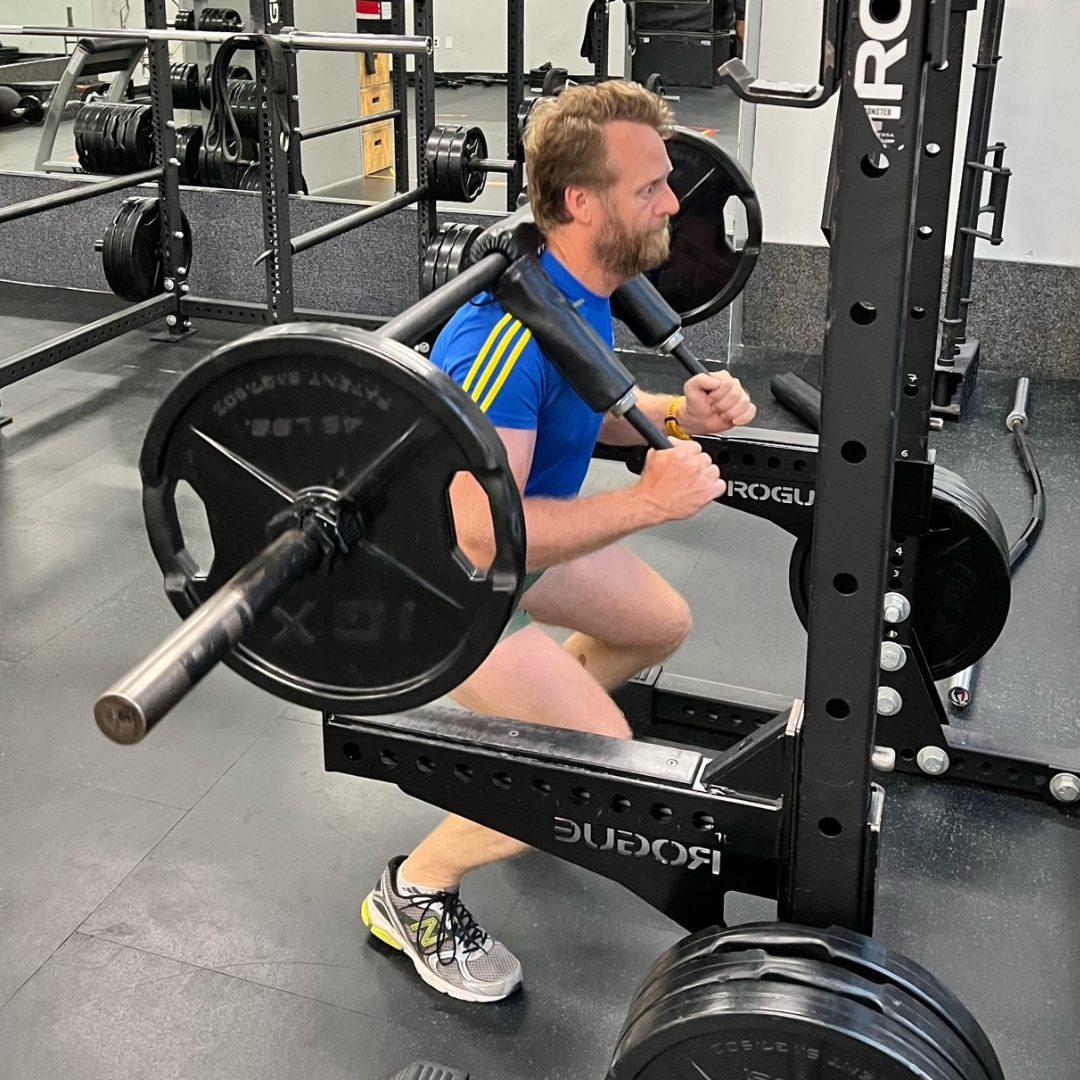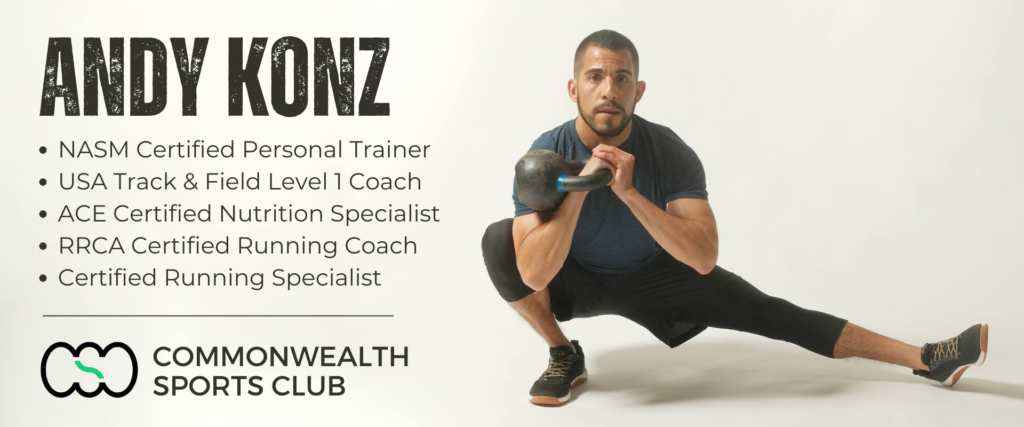
1) Better Core Stability, Less Lower Back, Hip & Knee Stress
For starters, the safety bar sits a bit higher than a standard bar and the camber pushes you forward, forcing you to fight to stay upright. Therefore, you will be a bit more upright than a high-bar squat and a lot more upright than a low-bar squat.
Generally speaking, the more upright your torso is, the less pressure is placed on your lower back. And with the safety bar, the pressure will be displaced more towards your glutes and quads without putting your lower back in a tough spot.
This will in term, prevent your core from collapsing and will allow you to open up your hips and knees more freely, which is a mechanically advantageous position to squat with lower chances for injury.
Now, the safety squat bar places the load exactly on your center of gravity and a result, helps you maintain proper form without thinking too much about it. Your knees, hips and spine will be automatically locked in space as soon as you get under the safety bar. This eliminates doubt from your lifting and sets you up for proper strength and size gains.
2) A Comfortable Squatting Solution For Athletes With Limited Shoulder Mobility
Due to our mostly sedentary lifestyle, many people tend to be tight around the shoulders and chest area which is certainly not natural but it is typical. Most of the time, beginners will not have the shoulder mobility to get in a straight bar squat position, their elbows will start pointing backwards instead of down and their whole upper body will collapse making the squat particularly inefficient, not to mention dangerous.
Of course the long-term solution is to work on your mobility via a series of dynamic and static stretches but that might take a while. In the meantime, the safety bar squat is an excellent alternative. Zero external shoulder rotation is the main reason why the safety bar squat is suitable for virtually everyone. With the handles being right in front of you, you don’t even have to get a grip on the bar in order to perform your squats. Just let go completely of the bar and it will stay securely positioned with the load spread comfortably over the 3 pads.
3) A Smart Way To Increase Your Back Squat, Deadlift & Overall Performance
Will the safety squat bar translate to the straight bar? The simple answer is yes. In fact, it will “teach” your body what proper form feels like and it will strengthen your core and legs at the same time. As an overall movement, you should think of it as a similar exercise to the front squat, yet less
demanding on the shoulders.
As far as your overall power and performance are concerned, the safety squat bar is a viable and, often times, advantageous alternative to the straight bar squat. However, if you feel like you need to use a straight bar from time to time to preserve your skills, go for it. As mentioned in the beginning, variety is a good thing and that’s why it’s advised to get the best of both worlds!
4) Highly Versatile – Compatible With Many Lower Body Movements
Back squats are not the only exercise you can perform with the safety squat bar. It is excellent accessory equipment for many lower body movements including:
- Box Squats
- Suspended Squats
- Good Mornings
- Zercher Squats
- Front Squats
- Walking Lunges
The safety bar though, will just rest on your shoulders enabling you to focus just on the actual execution of the movement to the best of your ability. Less to think about with weight on your back.


